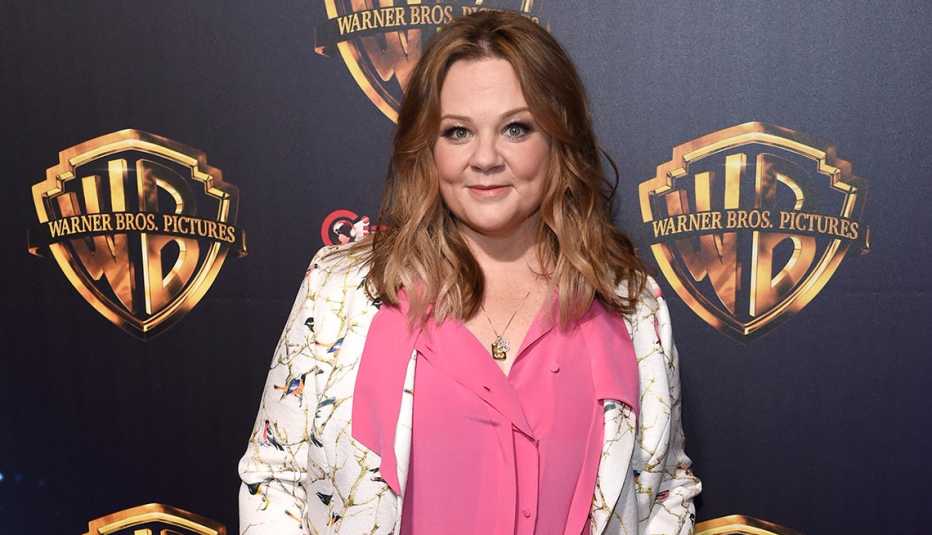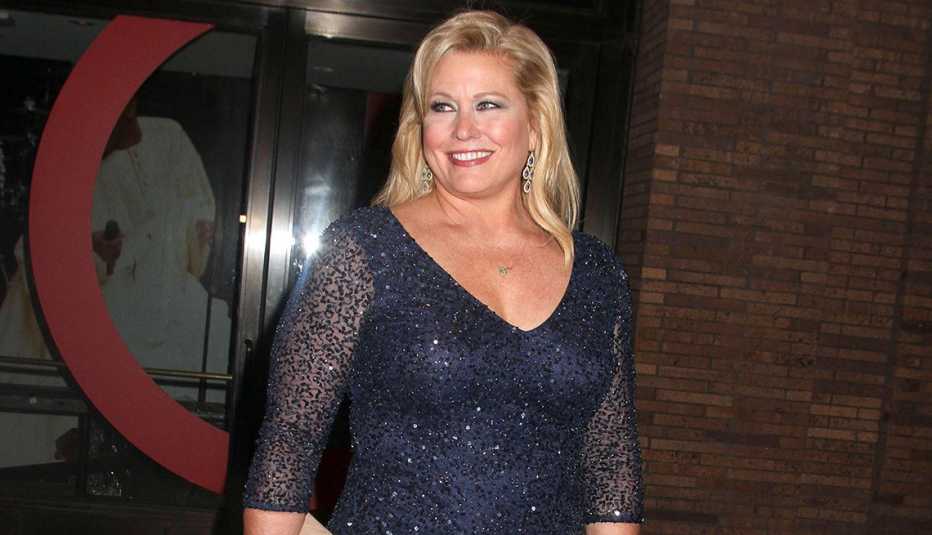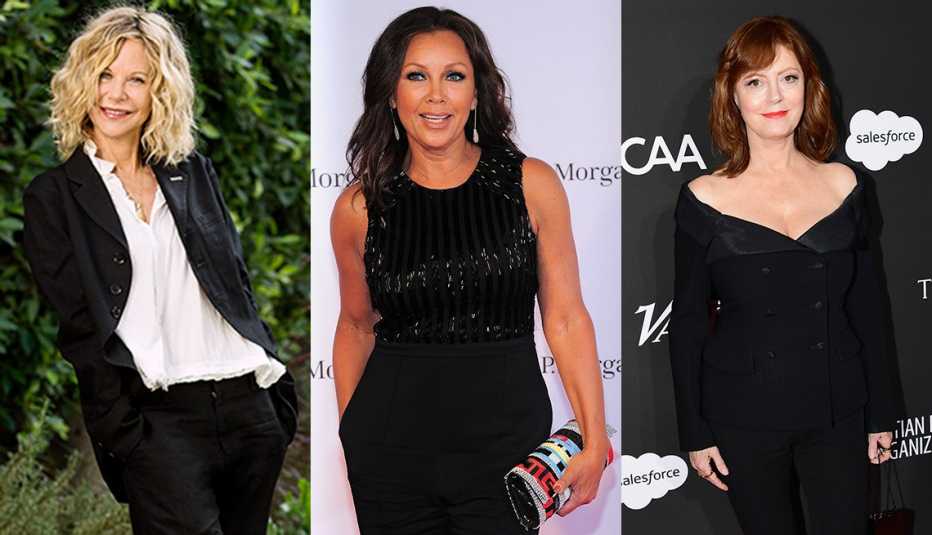Julie Gilhart, former fashion director of Barneys New York, suggests that outspoken, body-positive influencers, such as plus-size models Ashley Graham (who has appeared on the covers of Sports Illustrated Swimsuit issue and Vogue) and Candice Huffine (who graced the cover of Elle) have played a big part in expanding fashion choices for women size 14 and up. The high profile of certain curvaceous celebrities such as Kim Kardashian and Oprah Winfrey may have helped indirectly, too.
Gilhart, a consultant for 11 Honoré, a luxury fashion website for women who wear sizes 14-20 that launched in 2017, is seeing an industry shift to embrace this change, which she prefers to call "inclusive sizing" instead of "plus-size," a term some women find pejorative. "We are living in an era when people have a voice," she says. Asked why designers are more receptive to designing for larger sizes now, after so many years of resistance, she notes, "There’s a different standard of beauty. It’s not about weight or size. It’s about confidence."
Sasha Iglehart, former deputy fashion director of Glamour, has covered the plus-size industry for years. But it was in 2016, when the magazine partnered with retailer Lane Bryant to produce a capsule collaboration of affordable, fashionable plus-size clothes (Glamour X Lane Bryant), that she really began to champion the idea of helping women of all sizes to dress stylishly: "Not only is this the moment for great fashion for all women, but it’s a lucrative opportunity for the fashion industry. To not address size-inclusivity today just doesn’t make sense."
The 14-and-up customer wants fashion
Actress Melissa McCarthy developed her own clothing line for women of all sizes in 2015. It temporarily shut down in 2018.
Associated Press
Focusing on this woman has surprised Gilhart: "She is so confident! She doesn’t want second-best. She wants to wear the same designers and styles as everyone else." According to Laura Jacobs, chief marketing officer and senior vice president of Loft, when the company upped its size range online (from 0-18 to 0-26) in February, it sold out in two weeks. “Our design team is really passionate about Plus,” Jacobs acknowledges. "We were already offering Petites, Tall, Maternity. It was a natural extension that bubbled up from our customers. They want the same offerings as the rest — flowy, comfortable, feminine styles."
Jodi Arnold, vice president of design and creative director of Eloquii, says its clientele is eager for of-the-moment trends, such as jumpsuits and off-the-shoulder styles. The biggest challenge, she said, is pricing. "Larger sizes require more fabric and construction details to get the fit right, but you don’t want to pass that cost along to the customer." Earlier this year, Draper James, the contemporary clothing brand founded by Reese Witherspoon, reached out to Eloquii for help in launching Plus in an ongoing collaboration. “It’s all about women supporting women,” says Arnold.







































































